
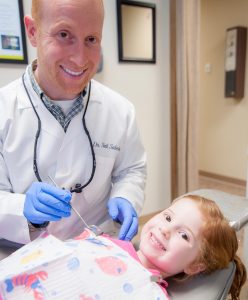
It’s a new instrument that can be used as an alternative to the drill in many procedures. A microscopically fine powder is carried to the tooth by a stream of air, gently spraying away decay. In a simple sense, you could say it works like a precise miniature sandblaster.
Thanks to its precision and gentleness, the air abrasion unit allows us to treat decay at an earlier stage without as much removal of healthy tooth material, thereby helping to preserve the strength of the tooth. Teeth treated this way may be less likely to require crowns in the future. Smaller fillings are less susceptible to wear and may last longer.
The air abrasion system creates a cavity surface that is so ideal for use with tooth-colored (composite) fillings, we can place those fillings faster than ever before. In some instances, using the air abrasion unit actually allows us to complete your treatment in fewer visits.
The aspect of the air abrasion that many patients appreciate most is its comfort. The system greatly reduces heat and vibration, two sources of discomfort traditionally associated with fillings. That’s why this system is often used without nesthetics. This also enhances our ability to treat patients who are pregnant or medically compromised. With air abrasion, we can often treat children without the two things they fear most- the needle and the drill. But since for some people air abrasion may involve minor discomfort, it would be inaccurate to call it “painless”. filling.
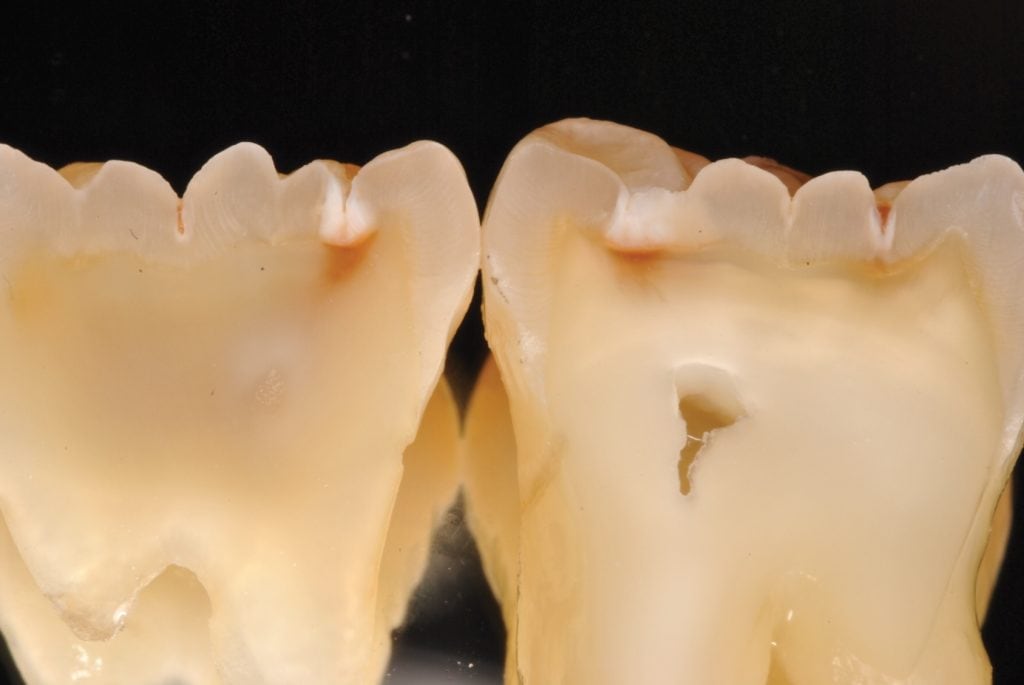
Cavities going into tooth
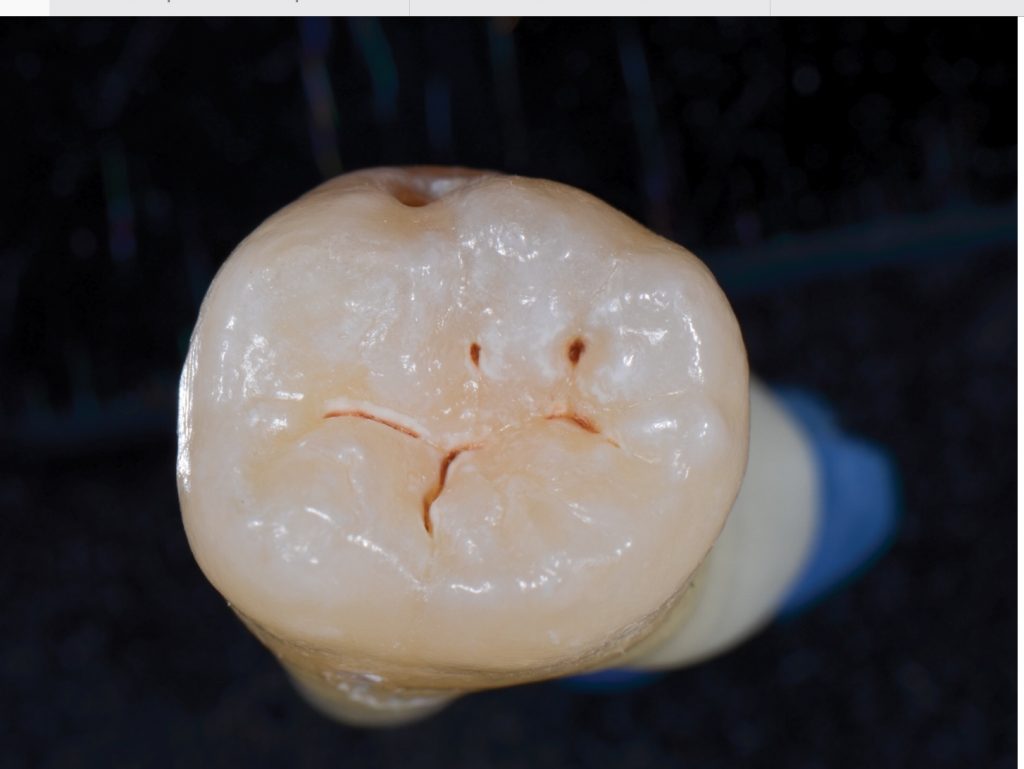
Cavities in back molar before air abrasion
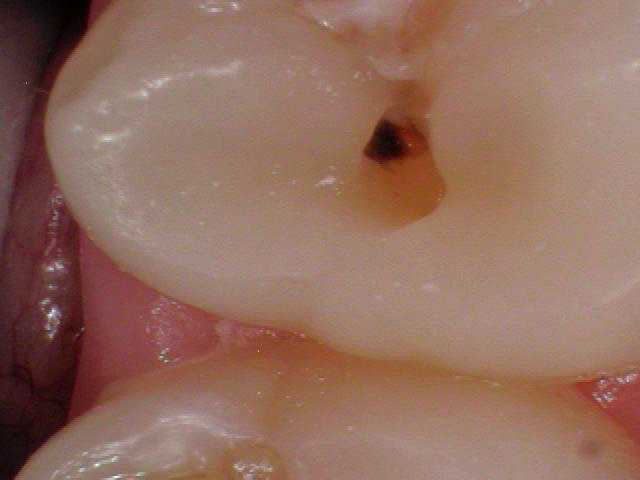
Removing small amount of tooth without needles, drills, or pain
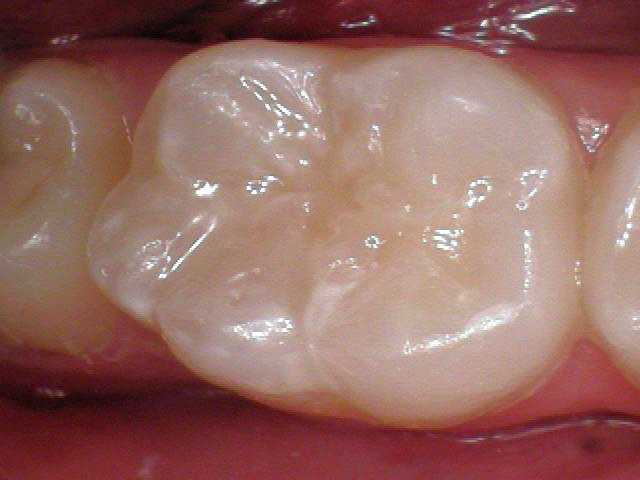
Finished air abrasion filling
Absolutely. The tiny particles we use are alpha alumina, a pure biocompatible substance long used in medicine and food. In fact, it is a prime ingredient in several popular whitening toothpastes. Only a tiny amount of this microscopically fine powder is actually used in each procedure and most of it is immediately removed by our evacuation system. Scientific tests show that patients would have to undergo about 28 typical 20-30 second air abrasion procedures in order to inhale enough alpha alumina to equal the weight of one grain of table salt. The amount inhaled in a single procedure is about 1000 times less that then limit established by the Occupational Safety and Heath Administration.
Not necessarily. Thought the air abrasion procedure will dramatically reduce our overall reliance on the drill, it is not appropriate for every part of every procedure. For example, we will continue to use the drill to remove silver (amalgam) fillings and do crown preparations. Please ask us about the role the air abrasion might play in your treatment.
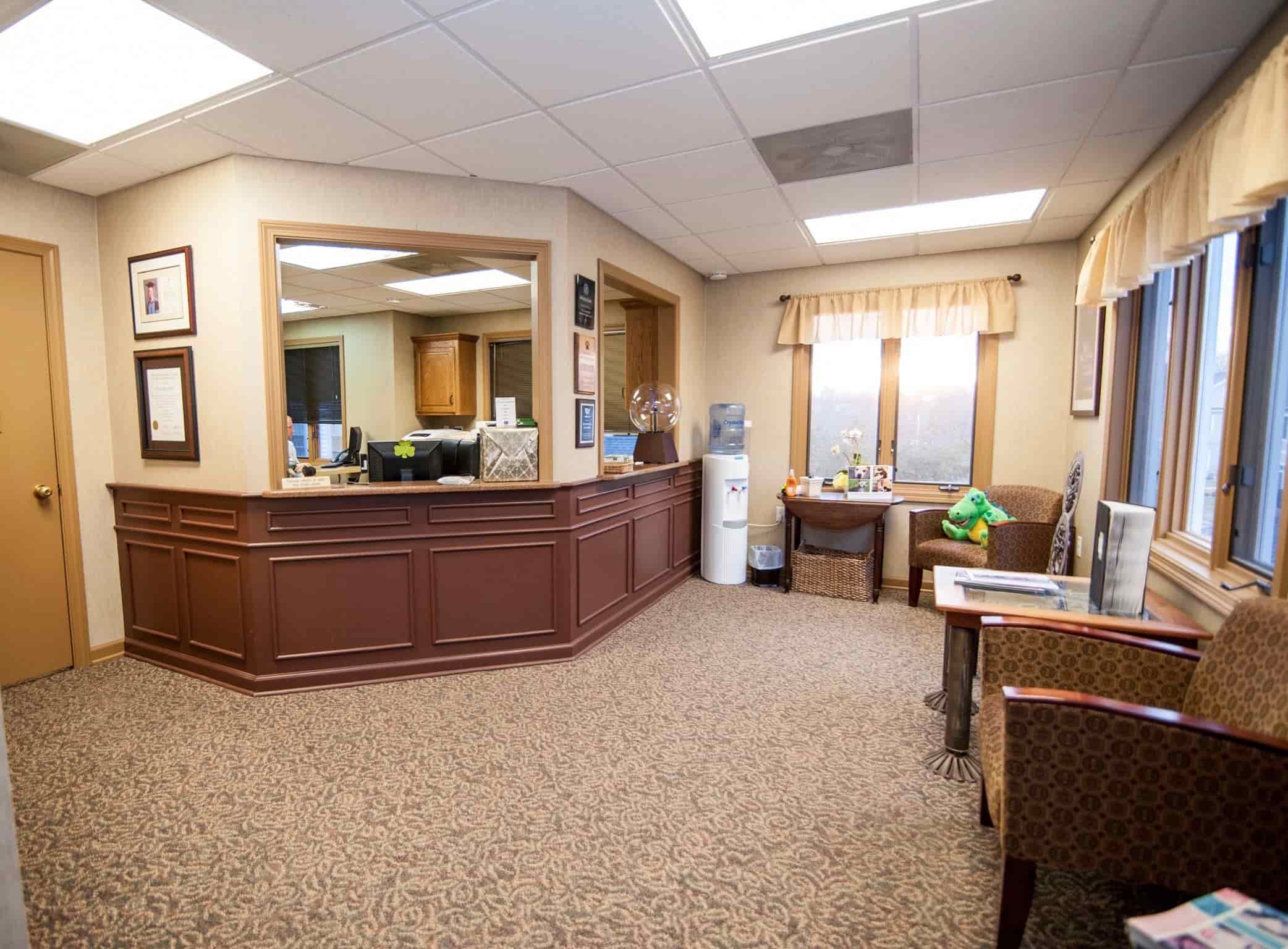
Proudly Serving Plantsville, Milldale, Marion, Bristol, Plainville, New Britain, Berlin, and surrounding cities in Connecticut